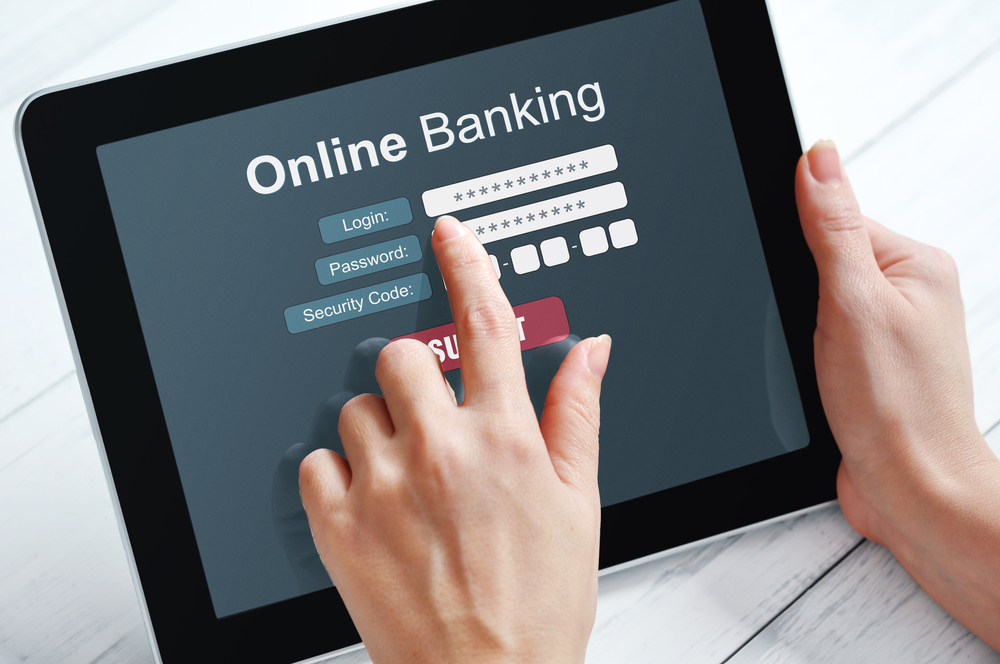
Most of the consumers are often unaware of the extra charges and fail to investigate every part of their statement where banking fees could be hiding in plain sight.
Many different financial institutions and companies include hidden fees in an attempt to make extra money throughout the year. Banks charge for withdrawing your account, using out-of-network ATMs, excess activity and so on. Whether it’s the right way or not, banks charge fees in different forms.
To identify the most common hidden banking fees and how you can avoid them, here are some important tips to get you started: The maintenance fee is the basic and the most common hidden banking fee. This is the amount that you have to pay to keep your account running and it’s similar to service fees.
If you fail to meet certain criteria like setting up a direct deposit or not enrolling in proper statements, you might be charged a monthly fee ranging from $4 to $25 or $300 per year to maintain your account. This fee is higher for accounts that charge interest.
With low-interest rates on loans, banks are not making much profits so many of the financial institutions tack on extra fees to make up for the difference and as a result, free checking accounts have become almost extinct.
If you are planning to avoid monthly account maintenance fees, you can meet one or more special conditions such as: Maintain a minimum balance to avoid monthly fees. Many banks waive your service fee if you keep a certain amount of money in your account.
Use your debit card frequently. Making a certain number of debit card transactions every month can help you avoid the service fees.
Read the fine print. When you are planning to open a free checking account, read the agreement carefully to make sure you meet the bank’s requirements to avoid service fees every month.
Know the overdraft fee.
For instance, you are carrying $100 in your bank account and you purchase goods worth $129. You overspent and the bank covers this difference and hits you with an overdraft fee. If you don’t have overdraft fee protection on your bank account, then the transaction won’t go through. If you opted for overdraft protection, it seems like it’s a good thing, but in the long run, it’s not effective. You might save yourself from the embarrassment of getting your card declined but you can be charged $35 for spending $29 extra.
Many big banks limit the number of overdraft fees that can be charged per day. You can have 3 to 6 overdraft transactions a day, but you get a $35 charge on every transaction. Overdraft fees known as non-sufficient funds (NSF) is considered to be one of the heftiest fees that banks charge. The typical overdraft fee is between $30 to $36. Paying just one overdraft fee per month would add up to between $360 and $342 a year.
Identify and eliminate hidden fees
You need to stop overdrawing your account to avoid fees. This can be tricky when you are utilising a debit card for all your purchases. To avoid overdraft fees, consider these options: Don’t opt for overdraft protection. Banks usually can’t charge you overdraft fees without your consent as a law brought out in 2010 forbids the banks to do so. All you need to do is say no when you are asked if you want to opt-in for overdraft coverage when opening an account. If you have overdraft coverage, you can ask to cancel it.
Setup mobile app alerts.

Source: Shutterstock
Another way to avoid overdraft fees is by setting up the bank’s mobile app to deliver a notification if a certain transaction would overdraw your account. By this method, you can cancel the transaction or can transfer money from your savings account to cover it. You can receive alerts when your balance drops below a certain level thus avoiding a monthly maintenance fee.
An out-of-network ATM fee is what the banks charge when you don’t use its ATM. Under this category, the bank may charge you a fee for using an ATM that is either out of network or for utilising another bank’s ATM to take out money. You pay two fees – one from the ATM operator and your bank. Banks charge between $1 and $3 for using another bank’s ATM and this fee is the highest in traditional banks.
The basic and foremost step you can take to avoid out-of-network ATM fees is to withdraw cash from your own bank’s ATM. You can use your bank’s website or mobile app to determine the in-network ATMs when you are out of town. You can plan and stop by your local branch to withdraw cash before a trip.
Try online banking.

Source: Shutterstock
There are numerous online banks available nowadays and if you open an account at an online bank, it may cover your ATM fees. Online banks don’t carry ATMs and branches of their own, so most of these banks reimburse account holders for the cost of using other banks’ ATMs.
An inactivity fee is charged by banks for maintaining an account that you are not utilising. This fee is also known as the dormancy fee. If your account is inactive between 1 to 5 years (depending on your state of residency), then you are charged for these fees. Some banks provide a warning but others simply start charging you money.
If your bank account stays inactive for long and the bank can’t reach you, the bank treats it abandoned and transfers all the money into the state treasury. The inactivity fee runs between $5 and $20 per month.
You can suffer an inactivity fee for a savings account that you rarely use. There are a few ways through which you can avoid this fee: Keep the account active. If you don’t plan to close the account then the best way to avoid this fee is to keep it active by making at least one transaction every month. This can be a deposit, a withdrawal, a check or any purchase.
Read every notice or secured email from your bank. It could be a notice or warning that your account is about to become inactive. A wire transfer fee is a way to send money directly from your bank to another person’s bank account. It is often the fastest way to transfer money, especially to another country. You incur a cost whether you send money through wire transfer or even if you receive it.
Wire transfers are similar to automated clearing house (ACH) transfers, but they are faster and costlier. A wire transfer fee can be anywhere from $0 to over $40.
A wire transfer isn’t the only way to transfer money. If you are planning to use this service, you can avoid the fee by following these steps: Use online banking. You can send money instantly to most business or personal accounts using the bank’s online services.
Use a digital wallet.
If you can’t transfer money through your banking app, you can try third-party wallets such as Venmo. You can send money for free to individuals who use the app. PayPal enables customers to send money to anyone as long as they know the email or cellphone number, even if they don’t have an account.